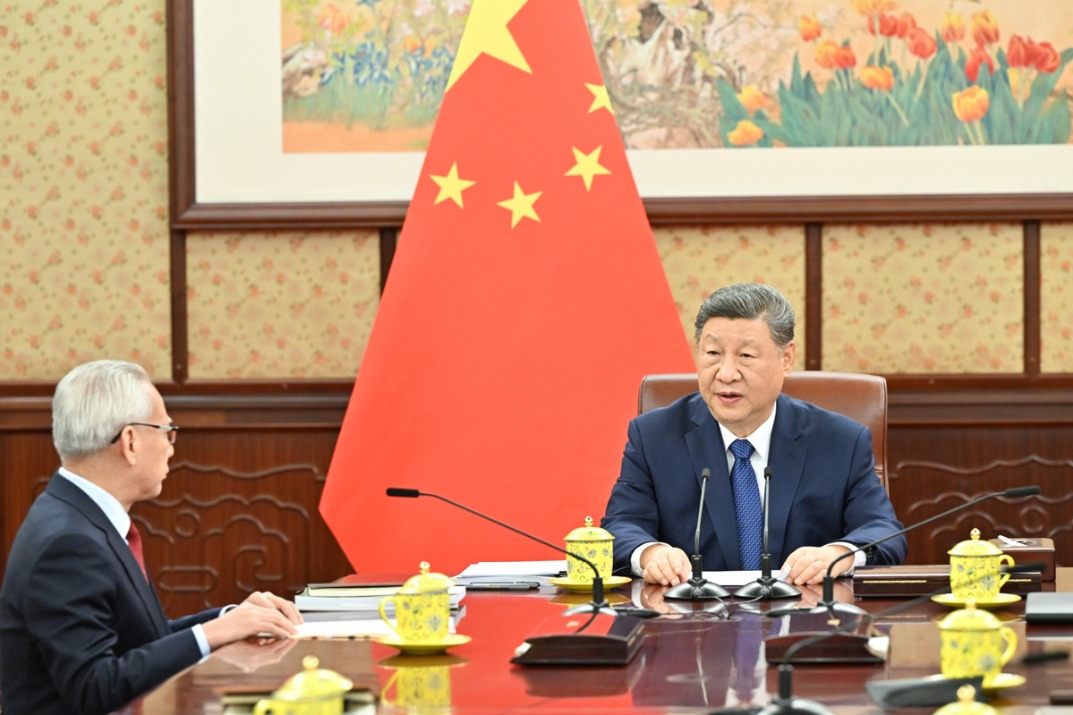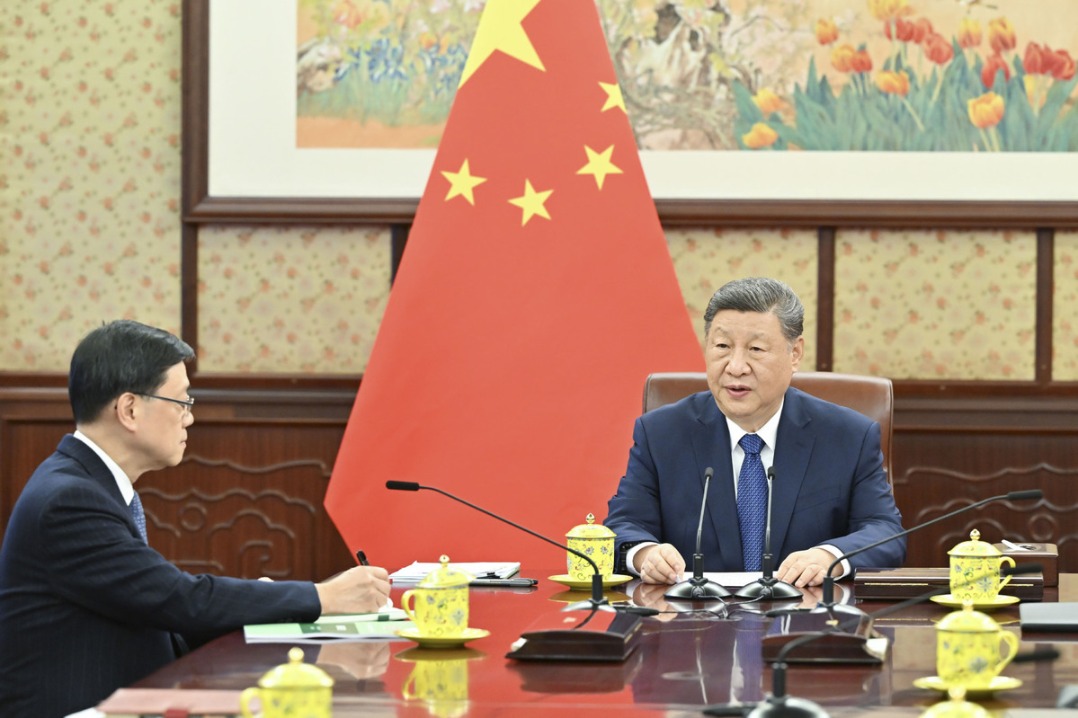Paving the BRICS' road ahead

Officials are working on next step for the five-nation bloc after setting up the development bank
The term BRIC (later BRICS) is the creation of an economist, Jim O'Neill, who first used it in his publication, Building Better Global Economic BRICs, while identifying potentially promising markets for business. There is evidence that at least the BRICS' original four economies (Brazil, Russia, India and China) already had been considering each other as potential partners before O'Neill clubbed them together in a group. The term, therefore, was coined at a very favorable moment - at a time when the four countries were growing at a fast pace and had begun demanding greater say in global matters.

Two aspects of BRICS are especially important. First is the set of arguments that led to the coining of the term. The four original members of the group are economies with big populations, large geographical areas, rather diversified productive structures and economic growth rates higher than those of industrialized economies. These characteristics are among the main reasons why the four economies sought joint courses of action.
If the first set of arguments emphasizes similarities, the second stresses the differences among them in terms of their geographies, histories and economies, and thus leads to skepticism over convergence of ideas and joint action.
The two aspects explain in part the performance of this group so far.
Until a decade ago, the four countries had totally different standings in the international community. The governance of the main multilateral institutions was distorted, as emerging economies such as China, Russia, Brazil and India didn't have much say in their operations. BRIC was formed to set this wrong right, although its agenda was chiefly economic.
Over the years, however, it became clear that the low degree of mutual knowledge among the BRICS members (South Africa joined in 2010) called for a broader agenda. Just like common purpose is needed for joint action, members of any organization need deeper mutual knowledge to realize the potential of each other.
The more the areas of joint interest, the deeper will be the level of mutual knowledge, and the better will be the exchange of goods, services and technologies. But there is always the risk of losing sight of the actual objectives.
And although a very high number of objectives means no objective at all, it has been argued that the greater the interaction among these economies, the easier it will be for them to decide on joint courses of action and, hence, joint strategies. It is, therefore, reasonable to amplify the joint commitments in an increasing number of areas.
The positive, official argument in favor of BRICS is that the group already has logged achievements by demanding a greater voting share in the International Monetary Fund and by setting up a development bank and a mechanism that will have a large pool of foreign exchange reserves to help members deal with external crises.

By applying pressure at the G20 in the coming months, BRICS could succeed in getting the IMF membership quotas changed and consolidate this small but significant achievement. And the BRICS summit in Brazil on July 15 and 16 saw the establishment of a Shanghai-based $100 billion development bank and a currency reserve pool.
The path that BRICS should choose after that is still an open question. To help identify possible future paths, the heads of state and government of BRICS have created a few mechanisms, which also includes civil society - the Business Council, Academic Forum and the Think Tanks Council - which should act as additional channels for proposals on specific lines of action.
In March 2014, the Academic Forum and the Think Tanks Council met in Rio de Janeiro, Brazil, where they discussed a number of issues at 10 technical sessions, marked by open debates and transmission in real time via the Internet. The Think Tanks Council will prepare a joint report, with input from the five countries' researchers, to provide a long-term shared vision, joint perception of the BRICS' role in the international community and specific proposals on the future course of action.
The report will be based on the five pillars of BRICS - promoting cooperation for economic growth and development; peace and security; social justice, sustainable development and quality of life; political and economic governance; and progress through knowledge and innovation sharing.
It is expected that by the 2015 BRICS summit, quite a substantive part of the work will be done and many concrete suggestions on further lines of action will be forthcoming.
The author is director of the Institute for Applied Economic Research, Brazil. The views do not necessarily reflect those of China Daily.
(China Daily Africa Weekly 07/18/2014 page11)
Today's Top News
- The farmer, the snake and Japan's memory hole
- Crossing a milestone in the journey called Sinology
- China-Russia media forum held in Beijing
- Where mobility will drive China and the West
- HK community strongly supports Lai's conviction
- Japan paying high price for PM's rhetoric






























